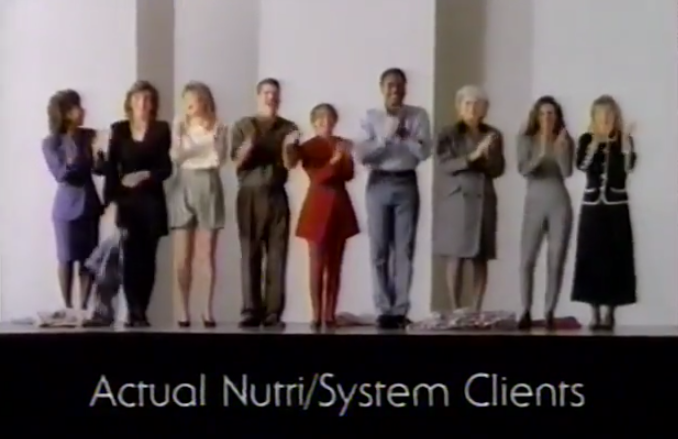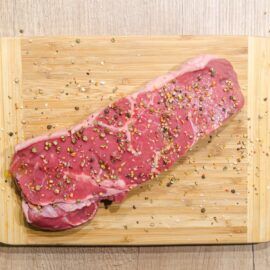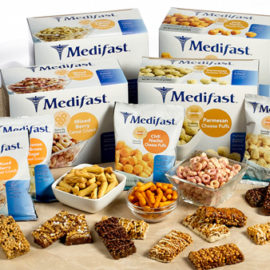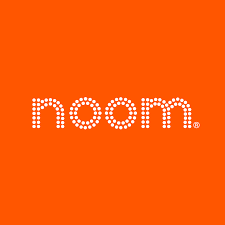

The History of Nutrisystem
Introduction to Nutrisystem
Nutrisystem is a comprehensive diet plan that helped pioneer the home delivery craze. While such systems have been around for a while, they have only recently gained popularity. People are finally realizing that nothing is more convenient than having healthy, balanced meals delivered to your front door. Judging by their commercial success, being ahead of the curve has served this company’s stakeholders well. Isnapn 2017, the company boasted revenues of almost 700 million dollars.
But, things didn’t start off that way. Once upon a time, Nutrisystem was nothing more than a twinkle in its founder’s eyes.
The Early Days of Nutrisystem
The son of a grocer, Harold Katz spent his time after high school drifting aimlessly from one job to another. After leaving his father’s employ, he dabbled in insurance and specialty sales. In the early 1970s, he decided it was time for another change. Inspired by his mother’s lifelong struggles with weight loss, Katz decided to try his hand at being an entrepreneur. He decided to create a diet company that seamlessly merged low-calorie food, behavioral therapy, and sound medical advice. The result was one of the first modern weight-loss clinics.
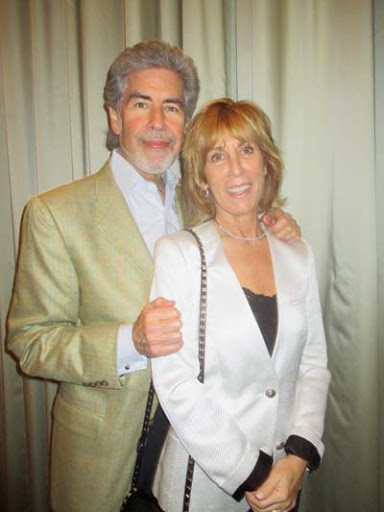

Betting everything on this concept, Katz both emptied his savings account and took out a second mortgage on his house. Using the resulting capital, he opened his first weight-loss center, Shape Up, Inc. in 1971. A few months later, he opened his second location. But, he quickly realized that the true key to his company’s success lay in third-party franchising. As his concept expanded into a nationwide chain, it did so through a complicated network of franchise agreements. Before long, the company earned a spot as one of the fastest growing companies in America. As it grew, the firm underwent several name changes, finally settling on Nutrisystem in 1980.
Nutrisystem and the Tumultuous Early 1980s
After opening themselves to public investment in 1982, Nutrisystem quickly grew into a $300 million company. By the end of the 1980s, Nutrisystem had locations in all 50 states and nearly 500 active weight loss centers. In just a few years, the company doubled its revenue. This newfound success gave Katz an opportunity to branch out—perhaps a little too widely. In just two years, he spent over $20 million on businesses ranging from executive placement firms to salons.
But, it quickly became apparent that Katz was no King Midas. Under his control, the acquired businesses went from underperformers to straight-up money pits. The acquisition of Gloria Marshall Figure Salons, a business which many considered a competitor, proved particularly disastrous for the company’s franchisees. Things only worsened when senior Nutrisystem members began selling off large swathes of privately-held stock. In that same year, third-quarter earnings dropped by $1.8 million.
But, Katz’ problems were far from over. Feeling gouged by the price of the company’s premade meals, 280 of the 550 franchised centers united to file an antitrust suit. This legal trouble marked the end of the honeymoon period for Harold Katz and his senior staff. In 1984, the company posted a $17.4 million-dollar loss. This only stoked the flames of franchise-corporate tension. Realizing that his company was careening towards a cliff, Katz stepped down as CEO in 1985. He was quickly replaced by Donald McCulloch, a 39-year-old with a wealth of marketing experience in the food and sporting industries.
Here is a great Nutrisystem Ad from 1989. Click Here.
Nutrisystem and the 1990s
Between 1985 and 1986, the company’s structure changed completely. Corporate implemented stricter financial controls, brought in an all-new management team, and completely restructured operations. The company’s time as a public entity ended came to an end shortly after. The newly-privatized Nutrisystem expanded rapidly. By 1990, the company boasted 1,800 centers and $764 million in revenues.
The End of an Era
While dethroning Katz solved many of Nutrisystem’s financial problems, it did nothing to stop the legal ones. During the early 1990s, the company faced hundreds of lawsuits alleging that the company’s food increased the likelihood of gallbladder disease and other medical problems. Whether or not they were true, these allegations quickly eroded the public’s trust and ultimately led to Nutrisystem filing bankruptcy in 1993. While the company continued to operate throughout the 1990s, it did so as only a shadow of its former self. Its yearly revenues fell from nearly $800 million in 1989, to around $50 million throughout the 1990s.
If something didn’t change soon, Nutrisystem would go the way of snake oil and tapeworm tablets. Knowing this, management team made the decision to sell all corporate-owned locations to Complete Wellness Weight Management, Inc. This allowed them the freedom they needed to reinvent the company. In 1997, the company reappeared as an online business with a new name, Nutrisystem Inc.
Click Here for a Nutrisystem ad from 1992.
A Phoenix Rises from the Ashes
The launch of the company’s website in 1999, marked the beginning of a new era for Nutrisystem. Any worries that the idea wouldn’t work were quickly put to rest. In its first year of online sales, the company secured more than $20 million in revenue. From there, the company entered an age of renewal and rebuilding. First, it tried to bolster its anemic cash flows by acquiring Nestle’s Sweet Success product line. This brand offered a variety of meal replacement products to supermarkets, drugstores, and national discount chains. Just four months after closing the deal, however, Nutrisystem discontinued the product line.
To counter this failure, the company sought to reach an agreement with home-shopping giant QVC. By 2004, television sales accounted for more than 20 percent of the company’s revenue.
HJM Holdings and New Spring Ventures took control of Nutrisystem in 2002. After some debate, Michael J. Hagan was named CEO of the newly acquired weight loss company. During his tenure, the company introduced Nutrisystem Nourish, a line of foods with a low glycemic index. Shortly after, the company dipped its toes back into brick-and-mortar weight loss and bought out fitness franchiser Slim and Tone. In 2006, hoping to tap into the 50-percent of the population their typical fare frightened, they launched their Nutrisystem for Men program. With these new avenues of growth, Nutrisystem seemed poised for success as it entered the 2010s.
Nutrisystem and the 2010s: The Good Times Keep Coming
And, succeed it did.
Thanks to some clinical trials completed in the late 2000s, Nutrisystem’s food became synonymous with diabetes management. This opened new avenues for the company and likely contributed to it launching a website dedicated to healthcare professionals. With a new, more professional reputation, the company’s revenues began to climb. The company’s newest CEO, Dawn Zier, only served to amplify that growth. Since being brought on in 2012, Zier has seen stock values increase by more than 600 percent. The company was named one of the fastest growing companies in America by Fortune in 2017. A recent article in the Philadelphia Business Journal went so far as to call it “on fire”. The many different Nutrisystem spokespeople over the years has also led to their success.
Conclusion
Nutrisystem, like many of its clients, has had a journey with all the drops and climbs of a rollercoaster. After starting off with a bang in the 1970s, poor business decisions led to it sputtering throughout the early 80s and grinding to a temporary stop in the 1990s. By putting an end to its physical locations, the company allowed itself to shake off its shackles of lawsuits and tense franchisee relations. Now that it’s under new management, Nutrisystem is poised to overtake industry leaders like Weight Watchers.
Whether you’re a diabetic, a vegetarian, a male, or a female, there’s a Nutrisystem plan for you. Please click hereto see our honest review of their home delivery plans and prepackaged meal options.


